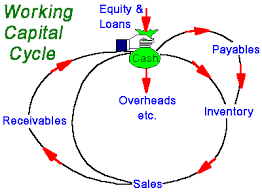

One of our Accounting & Audiitng blog reader inquired us the following:
" How should penalty on late repayment for tax been accounted for?"
Should it be a tax expense? Should it be other expenses?
To clarify: penalty imposed by inland revenue authority on late repayment for tax should not be accounted for as tax expense; it should be accounted for as administrative expense/ other expense.
" How should penalty on late repayment for tax been accounted for?"
Should it be a tax expense? Should it be other expenses?
To clarify: penalty imposed by inland revenue authority on late repayment for tax should not be accounted for as tax expense; it should be accounted for as administrative expense/ other expense.






